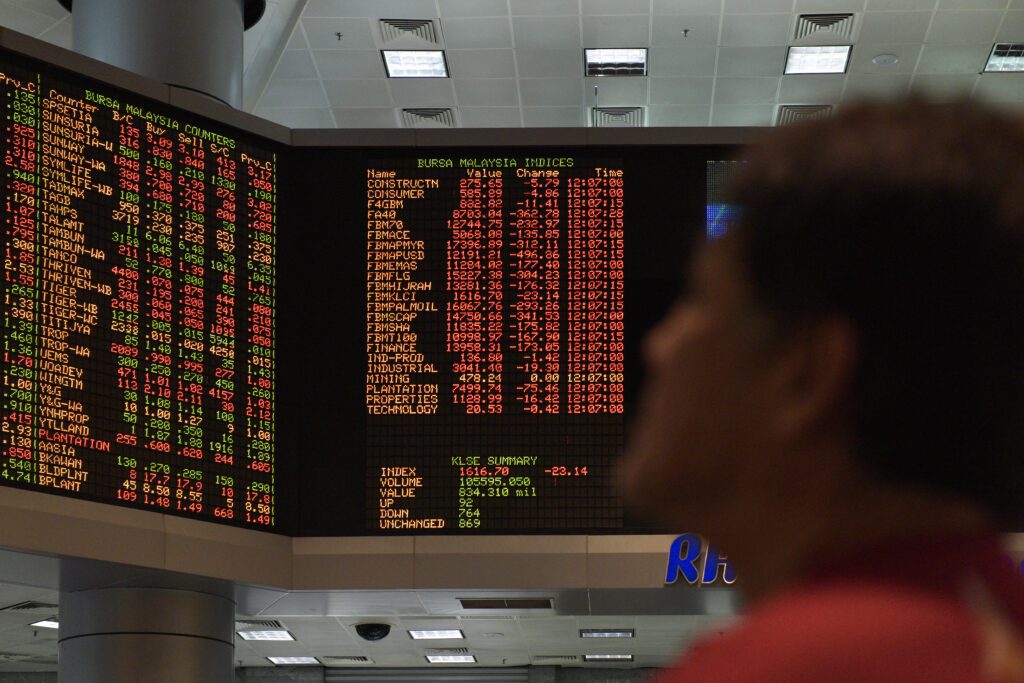Ukraine : Zelensky et les Européens parleront à Trump, “contrarié” par le refus de Kiev de céder des territoires
Volodymyr Zelensky et les dirigeants européens s’adresseront mercredi à Donald Trump, “contrarié” par le refus de son homologue ukrainien de céder des territoires, pour peser sur sa rencontre avec Vladimir Poutine, redoutant un accord aux dépens de l’Ukraine.Avant le sommet en Alaska, prévu pour vendredi et dont le président américain a déclaré lundi à la Maison Blanche s’attendre à ce qu’il soit “constructif”, les Européens s’efforcent de faire front commun et redoublent d’activité diplomatique.Lundi après-midi, l’Allemagne a annoncé que le chancelier Friedrich Merz avait “invité” les dirigeants de pays européens – France, Royaume-Uni, Italie, Pologne et Finlande – et de l’UE, ceux de l’Ukraine et de l’Otan mais aussi Donald Trump et son vice-président JD Vance à des “discussions” par visioconférence mercredi.Organisées par “groupes thématiques”, elles porteront sur d’éventuelles “actions supplémentaires” pour “exercer une pression sur la Russie” mais aussi sur “la préparation de possibles négociations de paix” et les questions “relatives aux revendications territoriales et aux garanties de sécurité” qui en découlent, a poursuivi Berlin.La présidence française a par la suite précisé que cette initiative avait été prise en commun par le chef de l’Etat français Emmanuel Macron, le Premier ministre britannique Keir Starmer et M. Merz.Selon le journal Bild, Volodymyr Zelensky, les Européens et le secrétaire général de l’Alliance atlantique Mark Rutte se réuniront d’abord sans les Américains, avant de leur communiquer les résultats de leurs consultations dans un deuxième temps.Les ministres des Affaires étrangères des Etats membres de l’Union européenne se retrouvent déjà lundi d’urgence pour éviter un accord entre Washington et Moscou au détriment de l’Ukraine.En Alaska, il doit être question, selon le président américain, d’un possible accord prévoyant “des échanges de territoires” pour mettre fin au conflit déclenché par la Russie en Ukraine le 24 février 2022.En l’état, la présence de Volodymyr Zelensky n’est pas programmée, même si les Etats-Unis ne l’excluent pas.M. Zelensky a une nouvelle fois appelé à ne pas céder aux exigences de Vladimir Poutine.”La Russie refuse d’arrêter les massacres et ne doit donc pas recevoir de récompenses ou d’avantages. Et ce n’est pas seulement une position morale, c’est une position rationnelle”, a écrit le président ukrainien sur Facebook.Pour la cheffe de la diplomatie de l’Union européenne, Kaja Kallas, tout accord entre les Etats-Unis et la Russie “doit inclure l’Ukraine et l’UE” car “c’est une question de sécurité pour l’Ukraine et pour l’ensemble de l’Europe”.- Poussée russe -Le chef de l’Etat ukrainien, qui s’est entretenu ces derniers jours avec une douzaine de dirigeants européens, a souligné que Kiev travaillait “bien sûr” avec les Etats-Unis.Vladimir Poutine a pour sa part conversé avec neuf chefs d’Etat ou de gouvernement en trois jours dont Xi Jinping, Narendra Modi et Inacio Lula da Silva.Donald Trump, qui avait promis de régler le conflit ukrainien en 24 heures à son retour à la Maison Blanche, a entamé un spectaculaire rapprochement avec le président russe. Mais il a montré une frustration grandissante, la Russie ayant intensifié ses bombardements de l’Ukraine ces derniers mois.L’annonce du sommet en Alaska est intervenue vendredi, le jour-même de l’expiration d’un ultimatum lancé au Kremlin pour mettre un terme au pire conflit armé en Europe depuis la Deuxième Guerre mondiale.Les affrontements ont depuis continué avec six morts recensés dans des frappes russes dimanche en Ukraine.Vingt personnes ont en outre été blessées quand une bombe planante russe a atteint, le même jour, la gare routière centrale, très fréquentée, de Zaporijjia (est).Le ministère russe de la Défense a revendiqué lundi la prise d’un nouveau village dans la région ukrainienne de Donetsk (est), celui de Fedorivka, situé au nord-est de Pokrovsk et de Myrnograd, des villes menacées d’encerclement du fait de l’avancée continue des troupes russes dans ce secteur depuis plus d’un mois.L’armée russe contrôle actuellement environ 20% du territoire ukrainien.Moscou réclame que l’Ukraine lui cède quatre régions partiellement occupées (Donetsk, Lougansk, Zaporijjia et Kherson), en plus de la Crimée annexée en 2014, et qu’elle renonce aux livraisons d’armes occidentales et à toute adhésion à l’Otan. Des exigences inacceptables pour Kiev.





